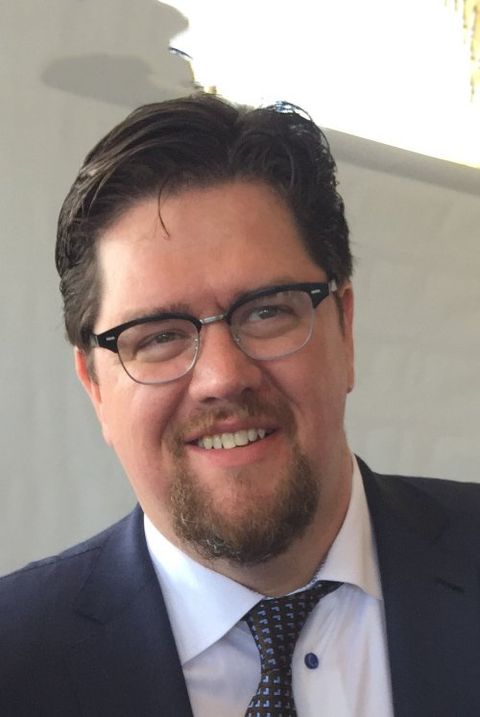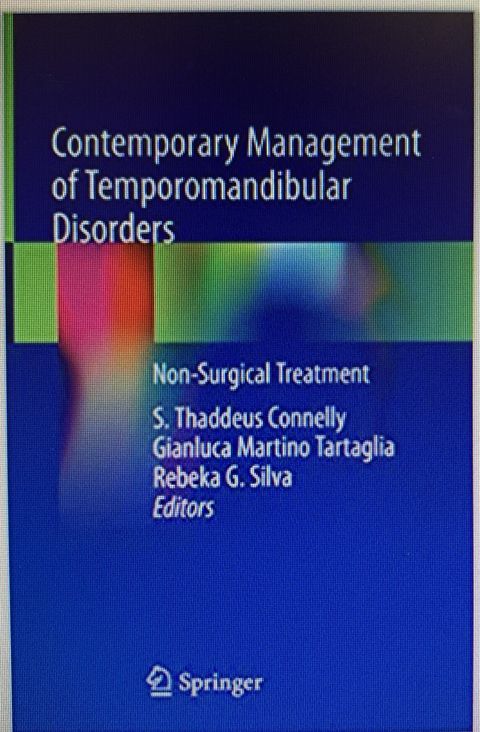Stephen Thaddeus Connelly, DDS, MD, PHD, FACS
Dr. Stephen Thaddeus Connelly was born in New York and obtained a Bachelor of Science (B.S.) in Biology from the University of Miami in Florida. He then attended Columbia University to obtain his Doctor of Dental Surgery (D.D.S.) and his Doctor of Medicine (M.D.) from the University of California San Francisco. For his specialty training in Oral and Maxillofacial Surgery, he attended the University of California San Francisco after which he earned his Doctor of Philosophy (Ph.D.) in Craniomaxillofacial Sciences.
Dr. Connelly is licensed to practice both dentistry and medicine and has a permit for general anesthesia. He serves as an attending surgeon at Veterans Affairs Medical Center and California Pacific Medical Center. He is licensed to practice both dentistry and medicine and serves as an Associate Clinical Professor at the University of California San Francisco teaching students and residents. He has authored and co-authored numerous articles and continues his research in the field as a principal investigator.
Interests: Temporomandibular Joint Disorders and Surgery, Dentoalveolar Surgery, Dental Implant and Oral Reconstruction, Wisdom Tooth and Dental Extractions, Orthognathic Jaw Surgery, Sleep Apnea Surgery, Facial Trauma, Botulinum Toxin Treatment of Head and Neck Pain, Oral Pathology and Squamous Cell Carcinoma, Facial Pain, Inducible nitric oxide synthase, Molecular Markers of Metastasis
PEER REVIEWED PUBLICATIONS
1. Clinical outcomes of Botox injections for chronic temporomandibular disorders: do we understand how Botox works on muscle, pain, and the brain?Connelly ST, Myung J, Gupta R, Tartaglia GM, Gizdulich A, Yang J, Silva R.Int J Oral Maxillofac Surg. 2016 Nov 28. pii: S0901-5027(16)30313-7. doi: 10.1016/j.ijom.2016.11.004. [Epub ahead of print]2. Mouthwashes in the 21st century: a narrative review about active molecules and effectiveness on the periodontal outcomes.Tartaglia GM, Kumar S, Fornari CD, Corti E, Connelly ST.Expert Opin Drug Deliv. 2016 Nov 20:1-10. [Epub ahead of print]3. Normalizing surface electromyographic measures of the masticatory muscles: Comparison of two different methods for clinical purpose.Mapelli A, Tartaglia GM, Connelly ST, Ferrario VF, De Felicio CM, Sforza C.J Electromyogr Kinesiol. 2016 Oct;30:238-42. doi: 10.1016/j.jelekin.2016.08.004.4. The Benefits of Using the Ultrasonic BoneScalpel in Temporomandibular Joint Reconstruction. Connelly ST, Tartaglia GM, Silva R, Gupta j. Journal of Cranio-Maxillo-Facial Surgery, Ahead of print.5. Chigurupati R, Connelly ST, Cox D, Schmidt BL. Rapidly growing neck swelling in the submandibular triangle. Oral Surg Oral Med Oral Pathol Oral Radiol Endod. 2010 Jul;110(1):4-106. Snijders AM, Huey B, Connelly ST, Roy R, Jordan RC, Schmidt BL, Albertson DG.Stromal control of oncogenic traits expressed in response to the overexpression of GLI2, a pleiotropic oncogene. Oncogene. 2008 Nov 17.7. Kolokythas A, Connelly ST, Schmidt BL, Validation of the University of California San Francisco Oral Cancer Pain Questionnaire. J Pain. 2007 Dec; 8(12):950-38. Schmidt BL, Pickering V, Liu S, Quang P, Dolan J, Connelly ST, Jordan RC, Peripheral endothelin A receptor antagonism attenuates carcinoma-induced pain. Eur J Pain. 2006 Jun 24.9. Connelly ST, Macabeo-Ong M, Dekker N, Jordan RC, Schmidt BL, Increased nitric oxide levels and iNOS over-expression in oral squamous cell carcinoma, Oral Oncol. 2005 Mar:41(3)261-7.10. Connelly ST, Schmidt BL, Evaluation of pain in patients with oral squamous cell carcinoma. J Pain. 2004 Nov;5(9):505-10.11. Karai L, Brown DC, Mannes AJ, Connelly ST, Brown J, Gandal M, Wellisch OM, Neubert JK, Olah Z, Iadarola MJ, Deletion of vanilloid receptor 1-expressing primary afferent neurons for pain control. J Clin Invest. 2004 May;113(9):1344-52.12. Gordon NG, Connelly ST, Management of head and neck infections in the immunocompromised patient. Oral and Maxillofacial Surgery Clinics of North America, 2003, Vol 15:1, 103-110.13. Shepard PD, Connelly ST, Pertussis toxin lesions of the rat substantia nigra block the inhibitory effects of the gamma- hydroxybutyrate agent, S(-)HA-966 without affecting the basal firing properties of dopamine neurons. Neuropsychopharmacology, 1999, Nov; 21(5):650-61.14. Connelly ST, Shepard PD, Competitive NMDA receptor antagonist differentially affect dopamine cell firing pattern, Synapse, 1997, Mar;25(3):234-242.15. Grobaski KC, Ping H, daSilva HM, Bowery NG, Connelly ST, Shepard PD, Responses of rat substantia nigra dopamine-containing neurons to (-)-HA-966 in vitro. Br J Pharmacol. 1997 Feb;120(4):575-580.16. Shepard PD, Connelly ST, Lehmann H, Grobaski KC, Effectsw of the enantiomers of (+/-)HA-966 on dopamine neurons: an electrophysiological study of a chiral molecule. Eur J Pharmacol. 1995 Oct 4;285(1):79-88.17. Shepard PD, Lehmann H, Connelly ST, Effects of NPC 16377, a potent and selective sigma receptor ligand, on the activity of mesencephalic dopamine-containing neurons in the rat. Eur J Pharmacol. 1994 Nov 24:265(3):141-9.
BOOKS
1. Contemporary Management of Temporomandibular Disorders: Fundamentals and Pathway to Diagnosis. Editors: S. Thaddeus Connelly, Gianluca Martino Tartaglia, Rebeka G. Silva. ISBN 978-3-030-13328-3. Springer International Publishing, Switzerland, AG 2019.2. Contemporary Management of Temporomandibular Disorders: Non-Surgical Treatment. S. Thaddeus Connelly, Gianluca Martino Tartaglia, Rebeka G. Silva. ISBN 978-3-319-99912-8. Springer International Publishing, Switzerland, AG 2019.3. Contemporary Management of Temporomandibular Disorders: Surgical Treatment. S. Thaddeus Connelly, Gianluca Martino Tartaglia, Rebeka G. Silva. ISBN 978-3-319-99909-8. Springer International Publishing, Switzerland, AG 2019.
Contact Us
Have a question? We are here to help. Send us a message and we’ll be in touch.
Contact Us
Thank you for contacting us.
We will get back to you as soon as possible
We will get back to you as soon as possible
Oops, there was an error sending your message.
Please try again later
Please try again later
CONTACT INFO
2001 Union Street
Suite 280
San Francisco, CA 94123
415-931-3100
Fax: (415)-931-3120
BUSINESS HOURS
- Mon - Fri
- -
- Sat - Sun
- Closed



